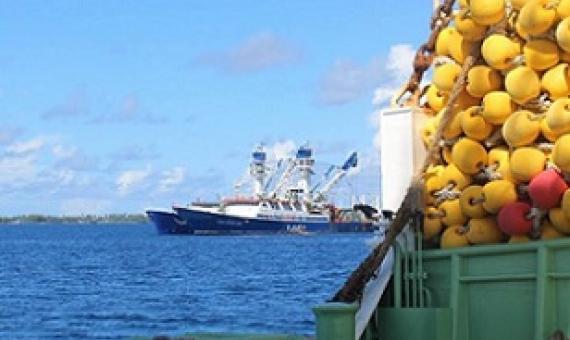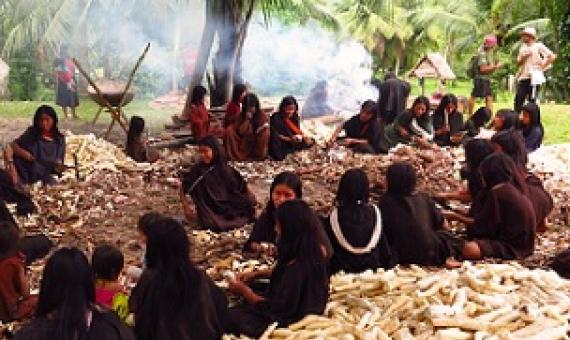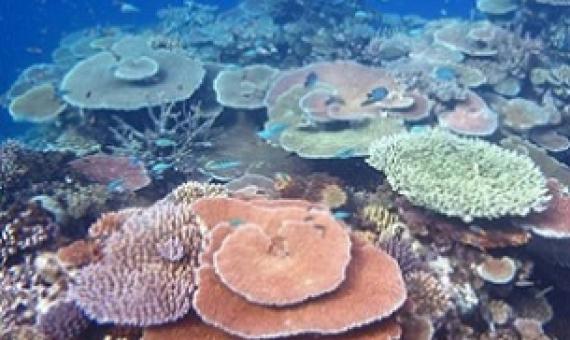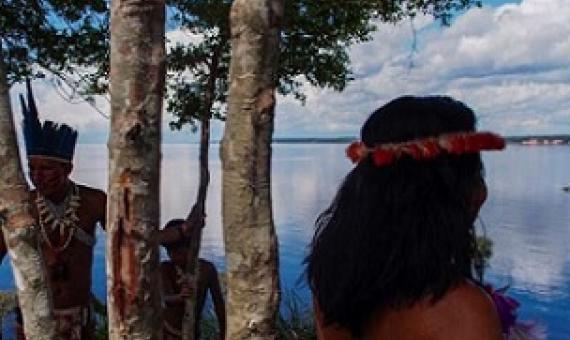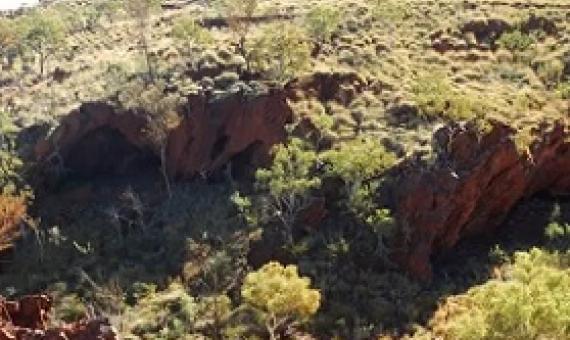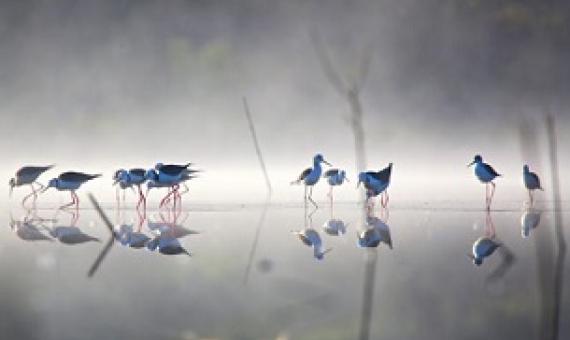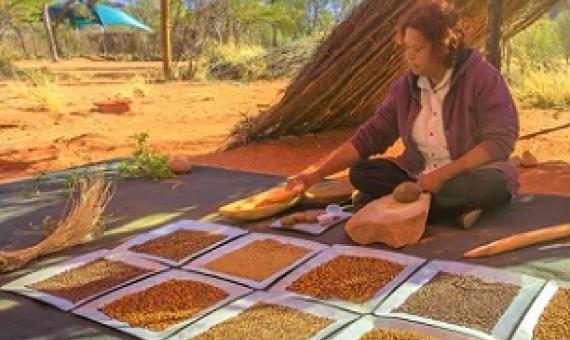Some countries and major non-governmental organizations are promoting the ‘30 by 30’ campaign to ‘protect and conserve’ at least 30 percent of the planet – including the ocean – by 2030.
A new report by the U.N.
The Australian Government is placing Indigenous knowledge at the centre of efforts to boost water quality, tackle crown-of-thorns starfish and care for wetland habitats.
As crunch UN talks to reverse the accelerating destruction of nature loom, indigenous peoples are sounding an alarm over proposed conservation plans they say could clash with their rights.
Both biodiversity and the people in river-associated communities are under severe stress the world over. Across the globe, 30% of freshwater fish are classified as being at risk...Populations of river fish are threatened by pressures on land and water resources.
Aboriginal landowners have called for a "reset" in Australia's lucrative mining sector after an inquiry pilloried Rio Tinto for blowing up a 46,000-year-old heritage site to expand an iron ore mine.
The Sue Taei Ocean Fellowship is a new education and professional development opportunity for Indigenous Pacific Island women seeking to improve the lives of their communities through ocean conservation.
The Campaign for Nature’s goal of protecting at least 30% of our land and oceans by 2030 can only be achieved with full respect of Indigenous Peoples’ rights and with the leadership of Indigenous Peoples and Local Communities around the world.
Without immediate action we face catastrophic loss of nature and biodiversity and increasing risks of pandemics as a result, as showcased in a major report released by the UN Convention on Biological Diversity last week.
Many products we use each day contain compounds taken from nature. Aspirin, for example, is derived from willow trees. And nanofibres from spinifex grass in Queensland is added to bitumen to make stronger roads.

